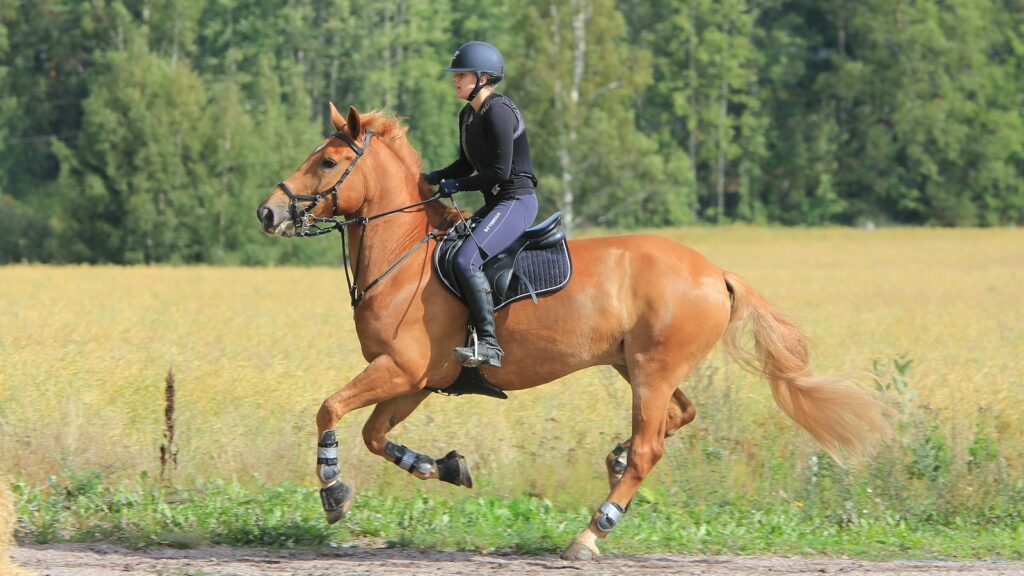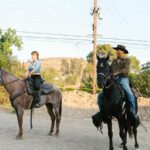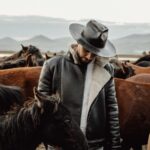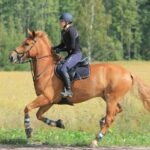In the intricate dance between horse and rider, posture serves as the primary language of communication. When a rider sits correctly in the saddle, they create a harmonious partnership that allows the horse to move freely and comfortably. Poor posture, on the other hand, can lead to discomfort, resistance, and even injury for the equine partner. Many riders focus exclusively on the horse’s performance without realizing how profoundly their own body position affects their mount’s physical and mental wellbeing. This article explores the critical relationship between rider posture and horse comfort, offering insights into how proper alignment benefits both parties in this remarkable partnership.
The Biomechanical Connection Between Horse and Rider
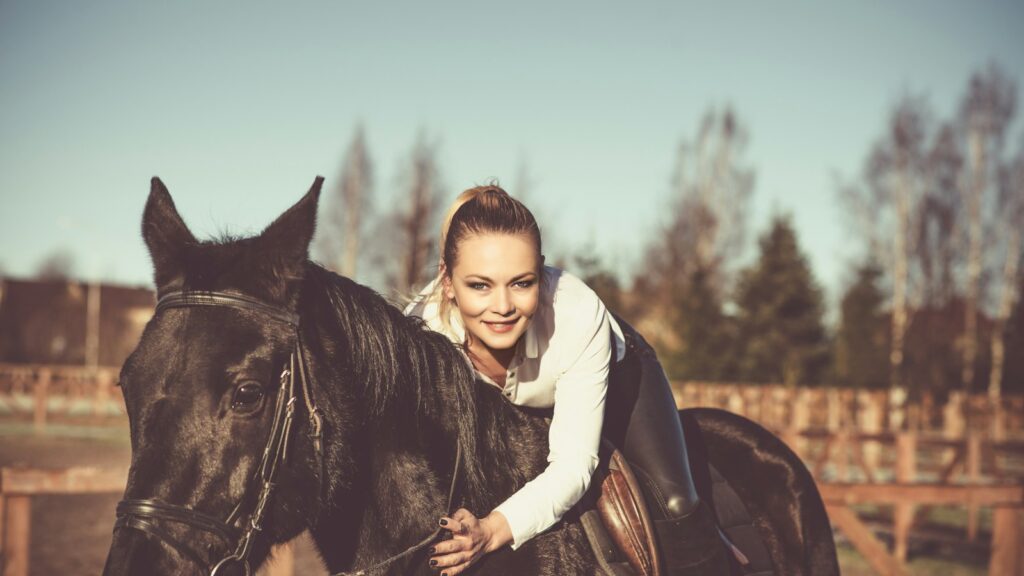
When a rider sits on a horse, they become part of a complex biomechanical system where every movement and weight shift directly influences the horse’s musculoskeletal function. Research has shown that horses adapt their movement patterns to compensate for rider asymmetries, often leading to uneven muscle development and potential lameness issues over time. The average rider contributes approximately 15-20% of the horse’s carrying weight, making proper distribution of this load essential for the animal’s comfort and soundness. Furthermore, studies using pressure mapping technology have demonstrated that even subtle changes in rider position can significantly alter the pressure points across the horse’s back, affecting everything from stride length to willingness to engage the hindquarters.
Common Postural Faults and Their Impact
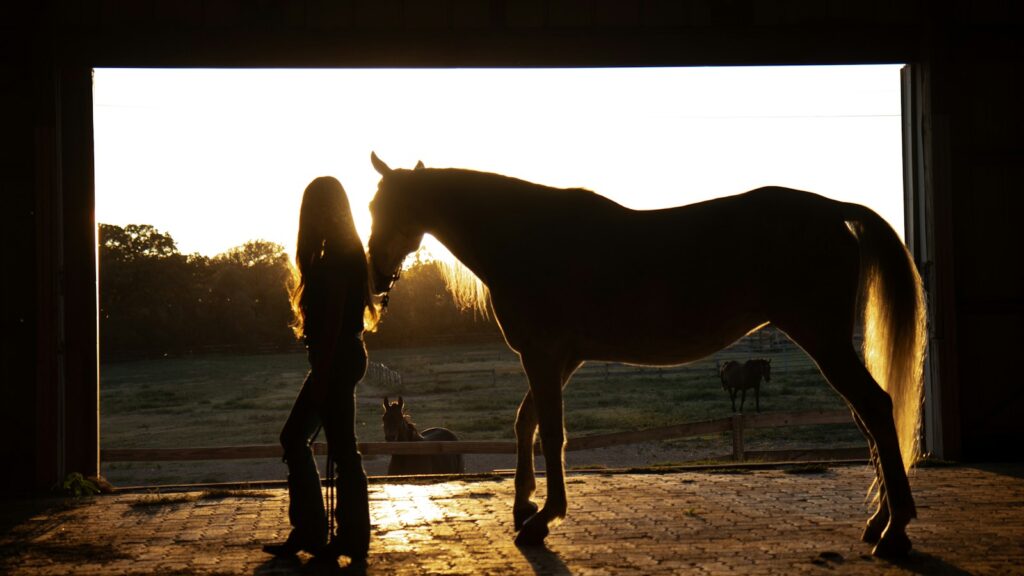
Several postural issues routinely appear among riders of all disciplines, with each creating specific problems for the horse. Collapsing through one hip or leaning to one side forces the horse to carry more weight on the corresponding side, potentially leading to muscle imbalances and even hoof problems as the animal adjusts its movement. Rounded shoulders and a hunched back prevent the rider’s energy from flowing downward, often causing the horse to hollow its own back in response. Looking down consistently not only shifts the rider’s weight forward but also tends to make the horse fall onto its forehand, compromising balance and athletic potential. Perhaps most damaging is the rigid, braced posture some riders adopt in an attempt to appear “correct,” which blocks the natural movement of the horse’s back and can lead to resistance behaviors.
The Effects of Poor Posture on Equine Back Health
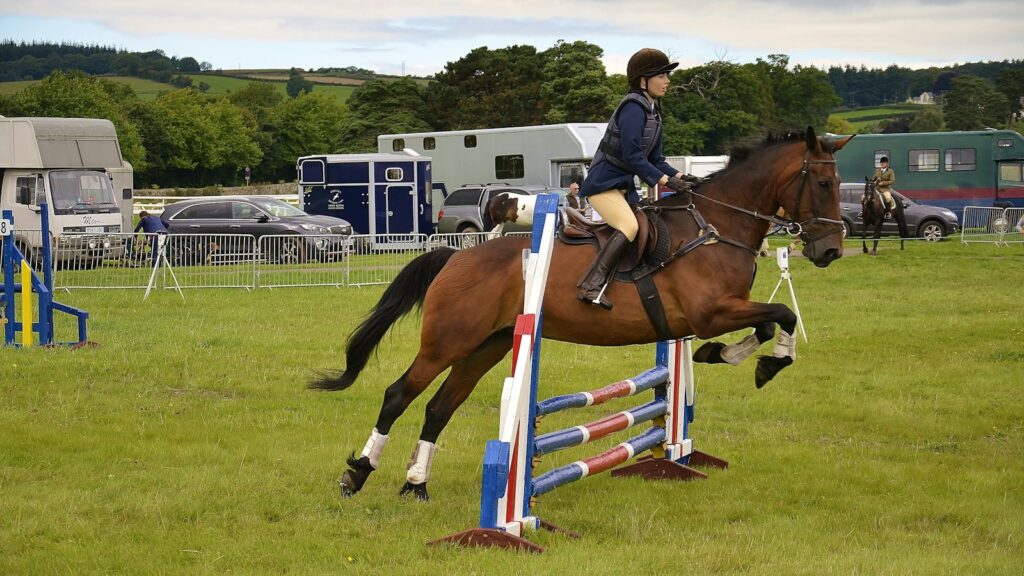
A horse’s back was not designed by nature to carry human weight, making proper rider position crucial for preventing injury and discomfort. Veterinary studies have documented how unbalanced riders create excessive pressure points that can lead to soft tissue damage, muscle spasms, and even kissing spine syndrome (impinging dorsal spinous processes) in severe cases. Thermographic imaging has revealed “hot spots” developing under poorly positioned riders, indicating areas of inflammation that can persist long after the riding session ends. Horses subjected to consistent postural mistakes from their riders often develop compensatory movement patterns that can lead to secondary issues in the hocks, stifles, or neck. The equine back pain resulting from poor rider position frequently manifests as behavioral problems, including bucking, rushing, or refusing to move forward energetically.
The Role of Core Strength in Rider Alignment

A rider’s core muscles serve as the foundation for proper posture and effective communication with the horse. Unlike the superficial “six-pack” muscles, the deep core stabilizers—including the transverse abdominis and multifidus—provide the internal support necessary for maintaining alignment without tension. When these muscles are weak or underutilized, riders tend to rely on gripping with their legs or balancing with the reins, both of which interfere with the horse’s natural movement. Core strength allows riders to absorb the horse’s motion through their pelvis and lower back without collapsing or bouncing, creating a more comfortable experience for the animal. Perhaps most importantly, a stable core enables independent use of the aids, meaning the rider can give clear, specific signals without inadvertently creating noise through unintended movements.
Neutral Spine Positioning and Its Benefits
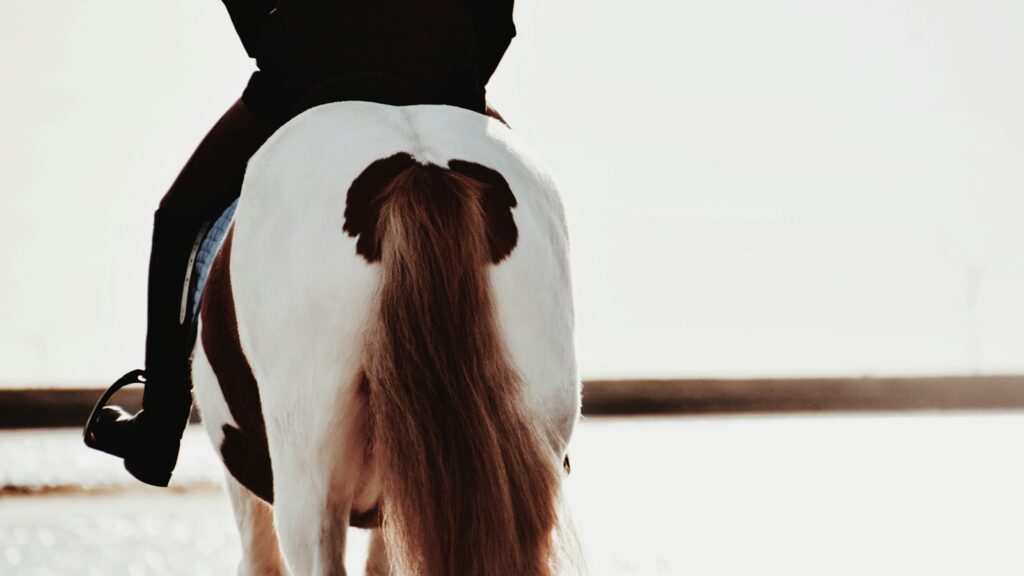
The concept of “neutral spine” forms the cornerstone of correct riding posture, benefiting the horse immensely when properly achieved. This position maintains the natural curves of the spine—cervical lordosis, thoracic kyphosis, and lumbar lordosis—without exaggeration or flattening, allowing optimal shock absorption through the rider’s body. When the spine is neutral, the rider’s weight channels directly down through the seat bones and into the horse’s muscular structure rather than creating pressure points or imbalances. Horses respond to neutral spine positioning with noticeably improved back swing, increased stride length, and greater willingness to engage their hindquarters powerfully. The freedom of movement created by this alignment allows the horse to access its natural gaits without compensation, promoting balanced muscle development and preventing the asymmetries that often lead to lameness issues.
Pelvic Position and Its Influence on Equine Movement
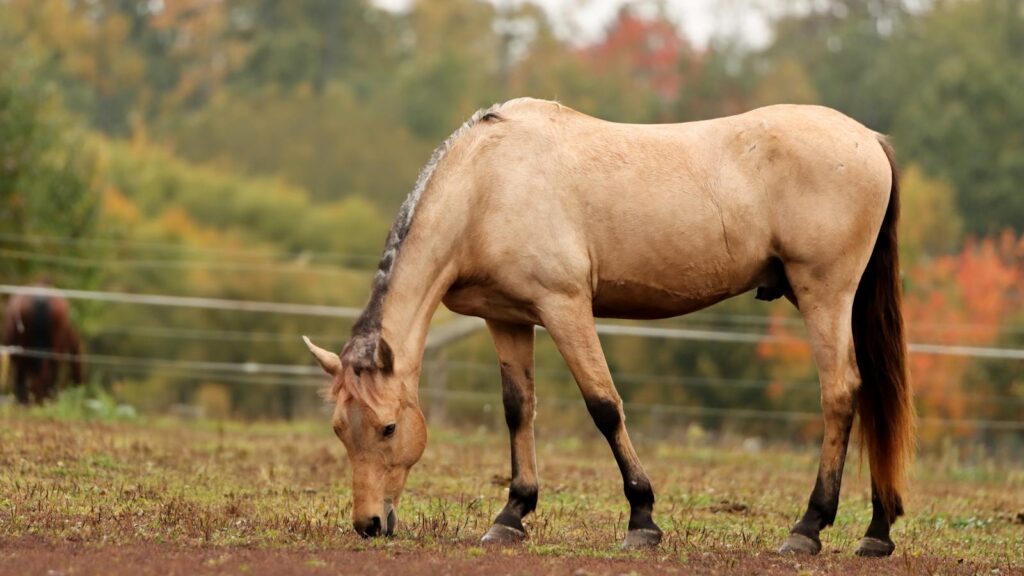
The rider’s pelvis serves as the primary point of connection with the horse and has profound effects on how the animal moves beneath them. A posteriorly tilted pelvis (tucked under) often causes the horse to hollow its back and raise its head, restricting thoracic freedom and inhibiting proper hind leg engagement. Conversely, an anteriorly tilted pelvis (arched lower back) typically drives the rider’s weight forward onto the horse’s shoulders, making collection difficult and potentially stressing the front limbs. When the pelvis remains level and mobile, it allows the horse’s back to move freely in the swing phase of each stride, facilitating elastic forward movement. Research using high-speed videography has demonstrated that horses show measurably improved kinematics when carrying riders who maintain proper pelvic alignment compared to those with fixed or misaligned pelvic positions.
The Alignment Cascade: From Head to Heel
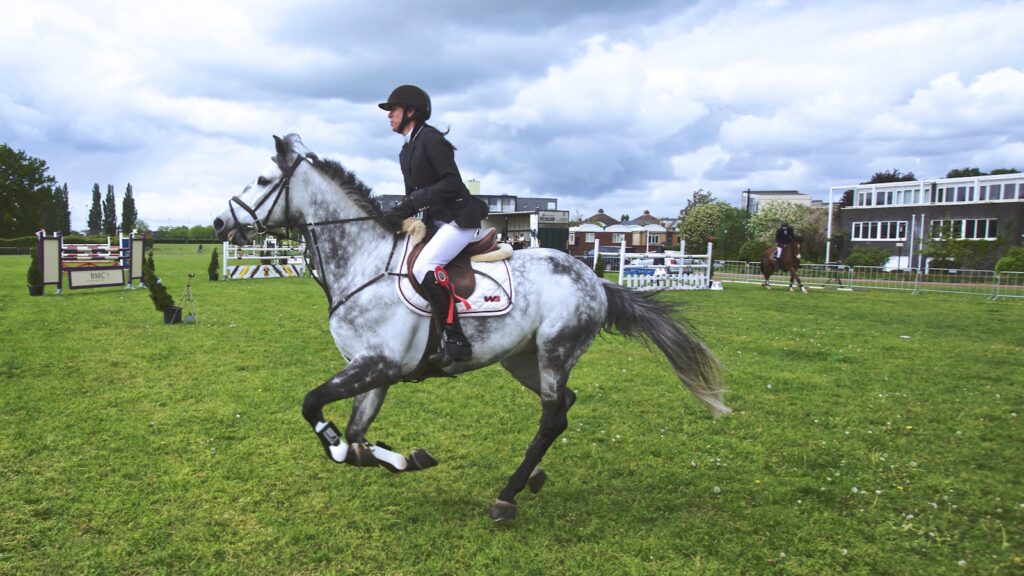
Correct rider posture follows a vertical alignment that distributes weight evenly and minimizes unnecessary pressure on the horse’s back. This alignment begins with the ear, shoulder, hip, and heel falling along an imaginary plumb line when viewed from the side, creating balanced weight distribution from front to back. From behind, symmetrical alignment ensures that weight is evenly distributed across the horse’s back from left to right, preventing compensatory movement patterns. The position of the rider’s head is particularly influential, as it weighs approximately 10-12 pounds and acts as a pendulum that can significantly affect balance when misaligned. When this entire alignment cascade is maintained, horses demonstrate measurably more symmetrical movement patterns and show fewer signs of compensatory muscle development that often leads to soreness or lameness.
Breathing Patterns and Their Effect on Horse Relaxation

A frequently overlooked component of rider posture is the breathing pattern, which directly influences both the rider’s alignment and the horse’s tension level. Shallow chest breathing often accompanies tense posture and can trigger the sympathetic nervous system response (fight-or-flight) in both horse and rider. Studies monitoring equine heart rate variability have shown that horses synchronize their breathing and heart rates with relaxed riders who maintain deep diaphragmatic breathing patterns. This respiratory synchronization creates a feedback loop where the horse’s relaxation further enhances the rider’s ability to maintain good posture without tension. Proper breathing also stabilizes the rider’s core, preventing the collapsing or bracing that often occurs when riders hold their breath during challenging movements or transitions.
Discipline-Specific Postural Considerations
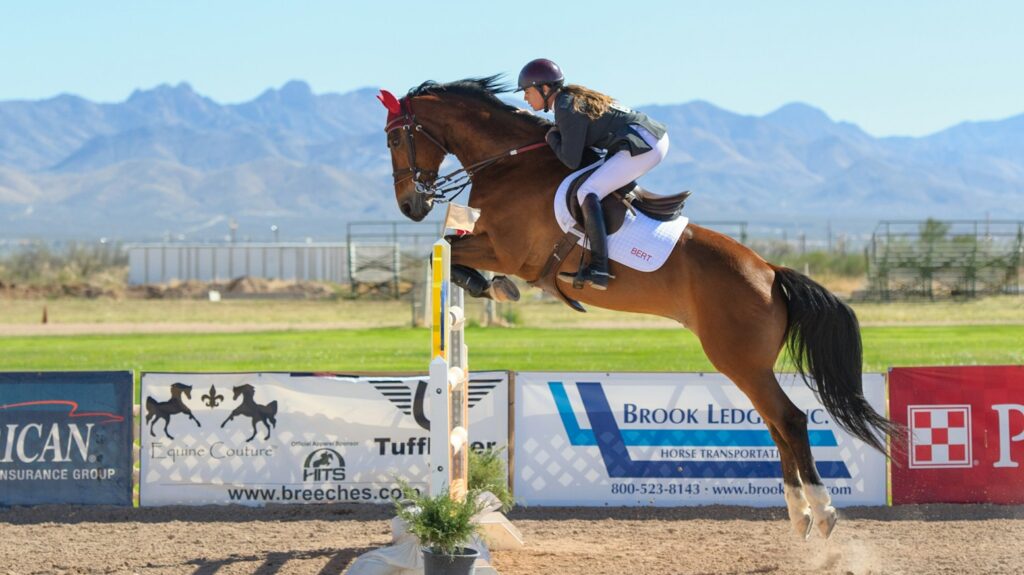
While good posture fundamentals remain consistent across riding disciplines, certain variations exist that accommodate the specific demands of different equestrian activities. Dressage requires a more vertical alignment that facilitates precise weight aids and collection, allowing the horse to engage its core and lift its back without interference. Jumping positions incorporate a more forward-inclined upper body during the approach and over fences, requiring excellent core stability to maintain this position without collapsing onto the horse’s shoulders or neck. Western disciplines often utilize a deeper seat with slightly more weight in the stirrups, which, when done correctly, provides stability without restricting the horse’s lateral movement. Regardless of these variations, all effective discipline-specific postures maintain the fundamental principle of allowing the horse’s back to move freely while providing clear, consistent communication through balanced weight distribution.
The Impact of Saddle Fit on Rider Position
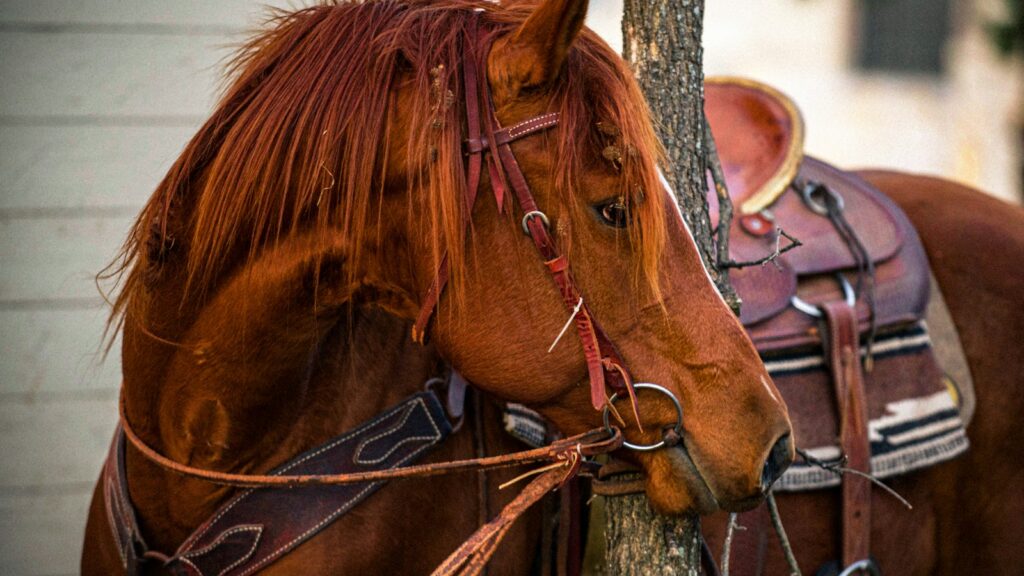
Even the most body-aware rider struggles to maintain correct posture in a poorly fitting saddle, creating a compound problem for the horse’s comfort. Saddles that are too narrow in the twist force the rider’s legs away from the horse’s sides, often resulting in gripping with the knees and a tilted pelvis that creates pressure points. Forward-tilted saddles push riders onto their crotch and often cause a chair seat position with the legs braced forward, preventing proper weight distribution through the seat bones. Research using pressure mapping technology has shown that ill-fitting saddles magnify the negative effects of rider position faults by creating pressure spikes rather than allowing even distribution of force across the horse’s back muscles. The interdependence between saddle fit and rider position means that addressing posture issues often requires simultaneous consideration of saddle suitability for both horse and rider anatomy.
Mental Aspects of Posture and Their Influence
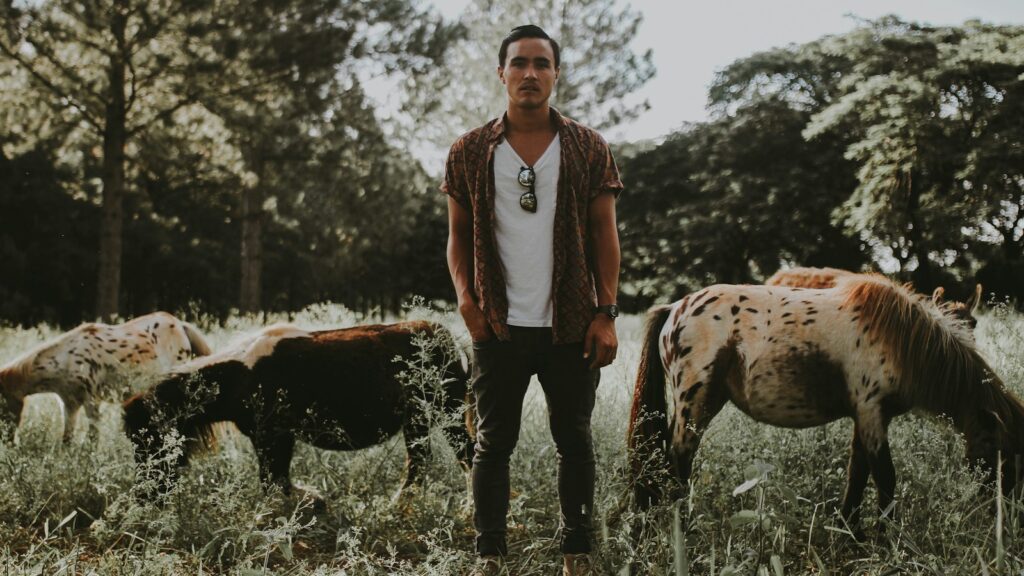
A rider’s mental state profoundly affects their physical posture, creating a direct link between emotional balance and the horse’s comfort. Anxiety typically manifests as muscular tension, particularly in the jaw, shoulders, and hip flexors, all of which restrict the rider’s ability to move with the horse. Research measuring cortisol levels in both horses and riders has demonstrated that nervous riders with tense postures trigger stress responses in their mounts, even when the environment contains no actual threats. Conversely, mentally centered riders who practice mindfulness techniques maintain more balanced postures and create a positive feedback loop of relaxation with their horses. This mind-body connection explains why many classical riding masters emphasized mental preparation and emotional control as prerequisites for developing proper physical position.
Practical Exercises to Improve Rider Awareness

Developing the body awareness necessary for optimal posture requires specific exercises both on and off the horse. Mounted exercises like riding without stirrups or reins on a longe line allow riders to focus exclusively on their position without the distraction of controlling the horse. Unmounted practice through disciplines like Pilates, yoga, or Alexander Technique provides the proprioceptive awareness and core strength that support good posture when riding. Many instructors incorporate visualization techniques, asking riders to imagine water pouring from the crown of their head down through their spine, helping to create the sensation of aligned, elongated posture. Regular video analysis allows riders to compare their perceived position with reality, addressing the common disconnect between how riders feel versus how they actually sit in the saddle.
The Long-Term Benefits of Proper Rider Positioning

The cumulative effects of good rider posture extend far beyond immediate comfort for the horse, influencing the animal’s long-term physical development and career longevity. Horses ridden consistently by well-positioned riders develop symmetrical musculature, particularly in the epaxial muscles that support the spine and the abdominal muscles that engage the hindquarters. Veterinary studies examining competition horses have found fewer instances of asymmetrical wear patterns in joints and hooves among those ridden with proper biomechanical consideration. Perhaps most significantly, these horses typically maintain athletic soundness into their senior years, often continuing comfortable work well into their twenties. The psychological benefits are equally important, as horses develop confidence and willingness when consistently ridden in a manner that respects their physical structure and movement patterns.
Conclusion

The relationship between rider posture and horse comfort represents one of the most fundamental aspects of ethical, effective horsemanship. Far from being merely an aesthetic concern, proper rider alignment directly influences the horse’s physical wellbeing, psychological state, and athletic capability. By understanding the biomechanical connection between themselves and their equine partners, riders can make conscious postural choices that preserve their horses’ soundness and enhance performance. Perhaps most importantly, good posture transforms riding from a potentially harmful imposition into a harmonious partnership that benefits both species. As equestrian understanding continues to evolve, the importance of rider self-awareness and positional discipline stands as a cornerstone of responsible horsemanship.

